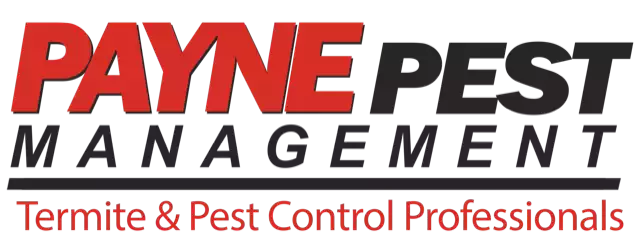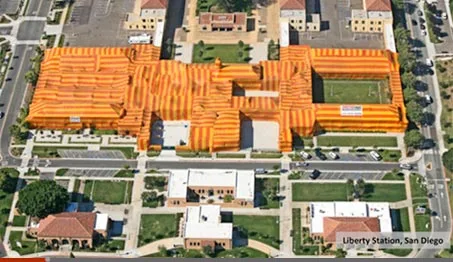Termites and ants are two common pests that often cause damage to homes and buildings. While both insects are small and look similar at first glance, they have different behaviors, anatomy, and habitats. In this article, we will discuss the key differences between termite and ant swarms and provide useful tips on how to identify them.
Introduction: Termites and Ants
Termites and ants are both social insects that live in large colonies. Termites are often referred to as “silent destroyers” because they can cause extensive damage to wooden structures without being noticed. Ants, on the other hand, are known for their organized behavior and ability to work together to achieve common goals.
Anatomy and Behavior of Termites and Ants
Termites have a thick waist and straight antennae, while ants have a narrow waist and bent antennae. Termites also have straight, white, and soft bodies, whereas ants have hard and shiny bodies that are usually black, brown, or red. Termites feed on cellulose, which is found in wood, paper, and other plant materials. Ants, on the other hand, are omnivores and eat a variety of foods, including other insects, nectar, and seeds.
Differences in Swarm Behaviors
One of the key differences between termite and ant swarms is the time of year they occur. Termite swarms typically occur in the spring, while ant swarms occur in the summer. Termite swarms usually happen after a rainstorm, when the ground is moist and the air is warm. Ants, on the other hand, swarm on warm, sunny days.
Another difference is the behavior of the swarm itself. Termite swarms are usually smaller and slower than ant swarms. Termites tend to fly in a straight line, while ants fly erratically. Additionally, termite wings are equal in length, while ant wings are unequal in length.
Identifying Termites
If you suspect you have termites in your home, there are a few key things to look for. First, check for mud tubes on your walls, which termites use to travel from their colony to their food source. Second, look for small, winged insects around your home, especially near light sources. Third, tap on any wooden structures in your home to check for hollow sounds, which could indicate termite damage.
Identifying Ants
Ants are generally easier to identify than termites, as they have a more distinct appearance. Look for narrow waists, bent antennae, and hard, shiny bodies. You may also see ants swarming around your home, especially on warm, sunny days.
Natural Ways to Deter Termites and Ants
There are several natural ways to deter termites and ants from your home. One effective method is to sprinkle diatomaceous earth around the perimeter of your home. This natural powder is made from fossilized algae and works by dehydrating the exoskeletons of insects. You can also use essential oils, such as peppermint or tea tree oil, to repel ants.
Professional Pest Control Methods
If you have a serious termite or ant infestation, it is recommended to seek professional pest control services. A pest control expert can identify the source of the infestation and recommend effective methods to eliminate the pests. Some common methods include using baits, sprays, and fumigation. Be sure to choose a reputable pest control company with experience in handling termite and ant infestations.
Common Misconceptions About Termites and Ants
There are several misconceptions about termites and ants that can lead to confusion when identifying them. One common misconception is that termites only infest old, decaying homes. In reality, termites can infest any home, regardless of age or condition. Another misconception is that all flying insects are termites. While termites do have wings, so do many other insects, including ants.
Termites and ants may look similar at first glance, but they have distinct differences in anatomy, behavior, and habitat. By understanding these differences, you can effectively identify and address any infestations in your home. Whether you choose natural or professional pest control methods, it’s important to take action as soon as possible to prevent further damage.
FAQs
- Can termites and ants cause the same amount of damage to my home?
- While both pests can cause damage to homes and buildings, termites are generally considered more destructive due to their feeding habits and ability to go undetected.
- How can I prevent termite and ant infestations in my home?
- Some preventative measures include keeping your home clean and dry, sealing any cracks or gaps in your walls or foundation, and removing any potential food sources for pests.
- Are there any natural ways to eliminate termites and ants?
- Yes, there are several natural methods to deter pests, including diatomaceous earth, essential oils, and vinegar.
- How do I know if I have a termite or ant infestation?
- Look for signs such as mud tubes, small winged insects, and hollow-sounding wood to identify a potential infestation.
- What should I do if I suspect a termite or ant infestation in my home?
- It’s important to take action as soon as possible to prevent further damage. Consider contacting a professional pest control company for an evaluation and treatment plan.







